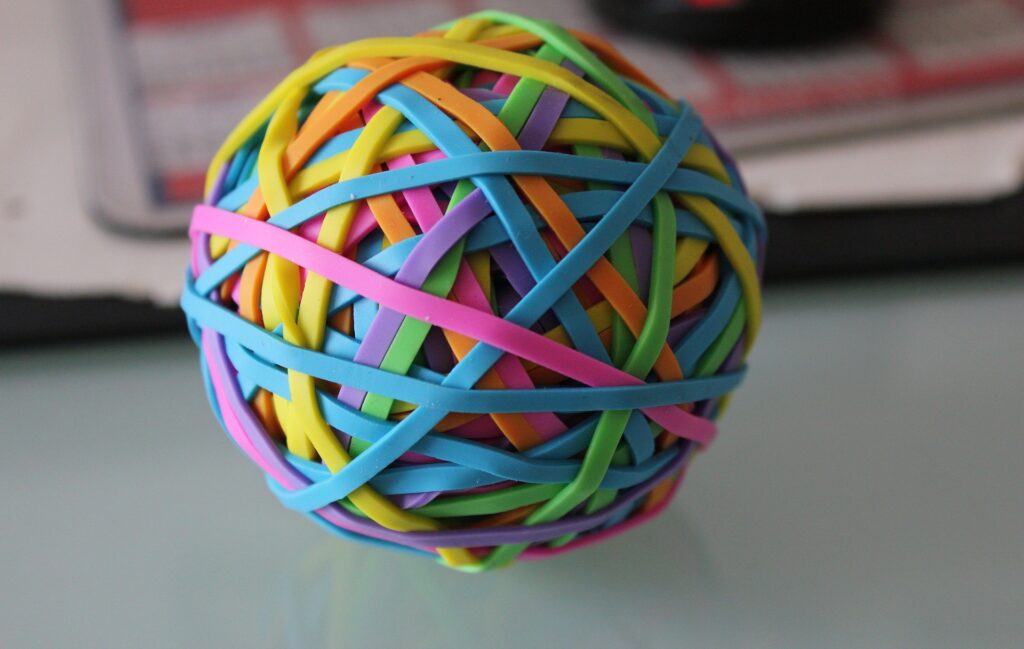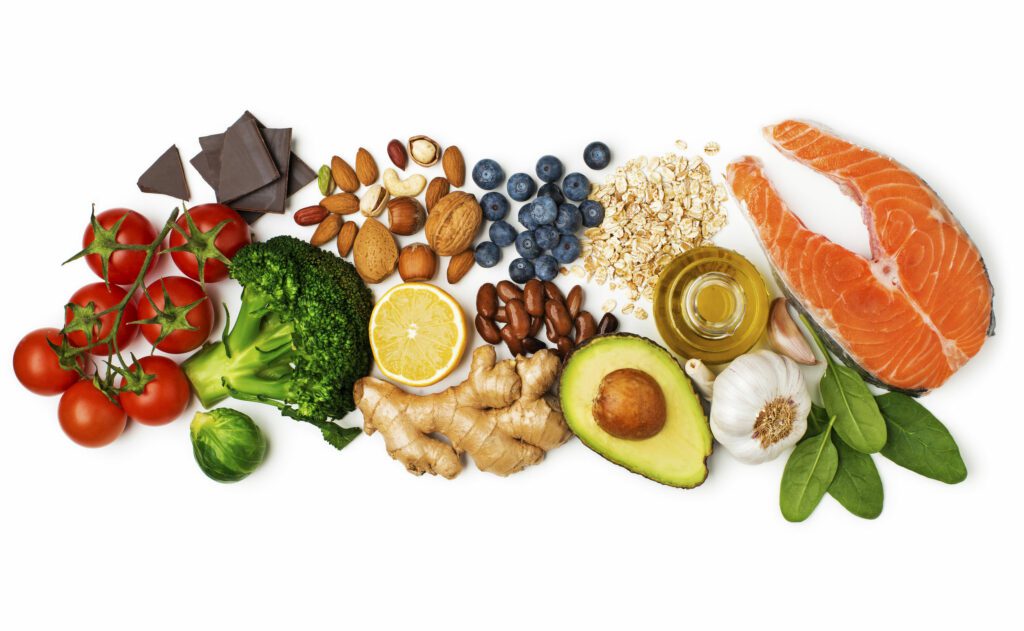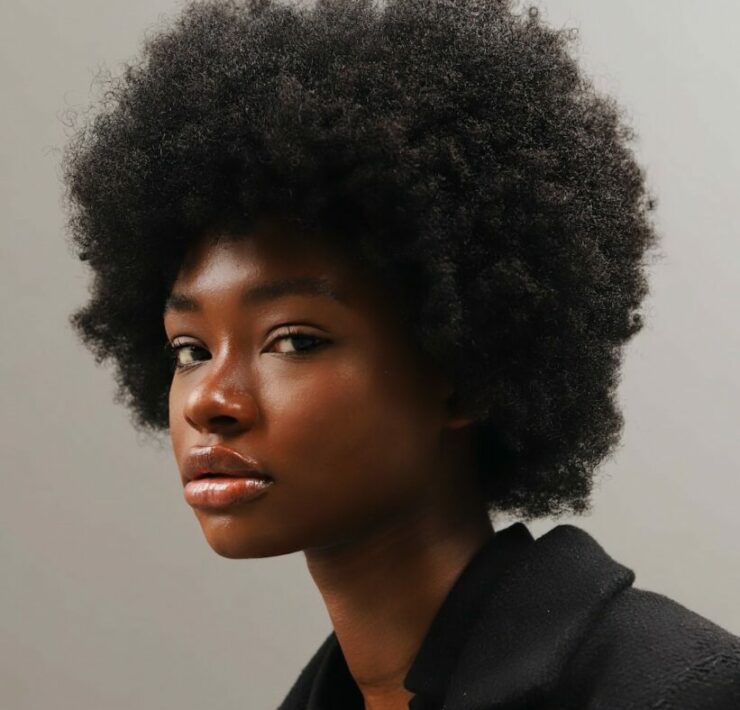
We all want strong, healthy hair. Our hair is one of the few parts of our body we can manipulate – we can change its length, its color and to some extent its texture (straight, wavy or curly).
With all that ‘manipulation’ comes damage – the chemicals and treatments can cause our hair to behave differently over time. To properly care for our hair we need to know its porosity, density, texture, and elasticity. Why is elasticity important? Hair with little elasticity can be brittle, stiff, dry, and/or fluffy. It becomes more delicate and unable to handle much pressure before breaking.
So for healthy hair, knowing its elasticity is a factor when choosing the right hair products. It also determines whether to use products with or without protein.
WHAT IS HAIR ELASTICITY?
Elasticity refers to the hair’s ability to stretch without breaking and return to its original shape. Hair strands are made up of protein and moisture – which when properly balanced provide your hair with its optimal elasticity. Keratin is the protein that makes up 95% of your hair; keratin gives your hair structure and strength.

HOW TO TEST YOUR HAIR’S ELASTICITY
Healthy hair should stretch between 40 to 50% when dry and 20% when wet. You can test this by taking a small clump of hair, wrapping a finger around the end, and gently tugging. If it stretches and bounces back once released, it has high elasticity, but if it breaks or doesn’t return to its original shape, it has lower elasticity.
This, of course, is a very general and vague test. Here is a more specific test to try:
Get a single hair strand and wash it with dish soap. Take the hair between your thumb and forefinger and measure it against a ruler. It should be at least 4 cm. Now try and stretch the hair to 5 cm without it breaking. When released does it bounce back to the 4 cm mark?
Hair with low moisture will hardly stretch, while hair with low protein will easily stretch but not bounce back.
Keep in mind that these tests are only indications, different hair strands may give different results, just as testing the portion of a long strand closer to the root vs closer to the end may give a different result.
Also remember to be gentle – aggressively pulling on your hair may give you a skewed result.
WHAT TO DO NOW
Low Elasticity — the hair is brittle and breaks easily. Low elasticity hair has too much protein – clarify your hair to remove some of the protein, and avoid protein-heavy hair products. Use water-based products, leave-in conditioners, and deep conditioners.
Normal Elasticity – most people’s hair will fall in this category. Continue using the techniques mentioned to maintain hair elasticity.
High Elasticity – the hair stretches but does not return to its original shape. This hair has too little protein and too much moisture. Use products that contain some protein.
TIPS
Here are some general tips to improve the overall health and elasticity of your hair. Observe your hair and assess what your specific hair needs are:
- Make sure to hydrate your body by drinking plenty of water.

- Deep condition regularly – many professionals recommend no less than twice a month.
- If needed apply a protein treatment – no more than once every six weeks.
- Apply an apple cider vinegar rinse – this helps to keep the pH balance of your hair intact.
- Air dry your hair – avoid heat. If you use a dryer, use the cold air setting or use a steam dryer, which will help your hair retain moisture.
- Every once in a while treat your hair with some jojoba oil. This oil helps to regulate the amount of sebum produced by your scalp, which promotes hair growth.
- Take care of your scalp by massaging it regularly with or without essential oils.
- The best way to improve your hair’s health is by improving your overall health from the inside out. This includes a diet rich in natural good oils such as those found in fatty fish such as salmon, avocado, and certain nuts.

Sources We Find Useful:
- https://kurlify.com/en/curly-girl-method/hair-elasticity-test/
- https://www.thehairroutine.com/blogs/journal/hair-elasticity
- https://www.naturallycurly.com/curlreading/curls/safe-and-all-natural-ways-to-improve-your-hair-s-elasticity
- https://stacyknows.com/a-comprehensive-guide-on-how-to-improve-hair-elasticity-9-tips/
- https://www.timelesslymirna.com/blog/2018/1/8/hair-elasticity






